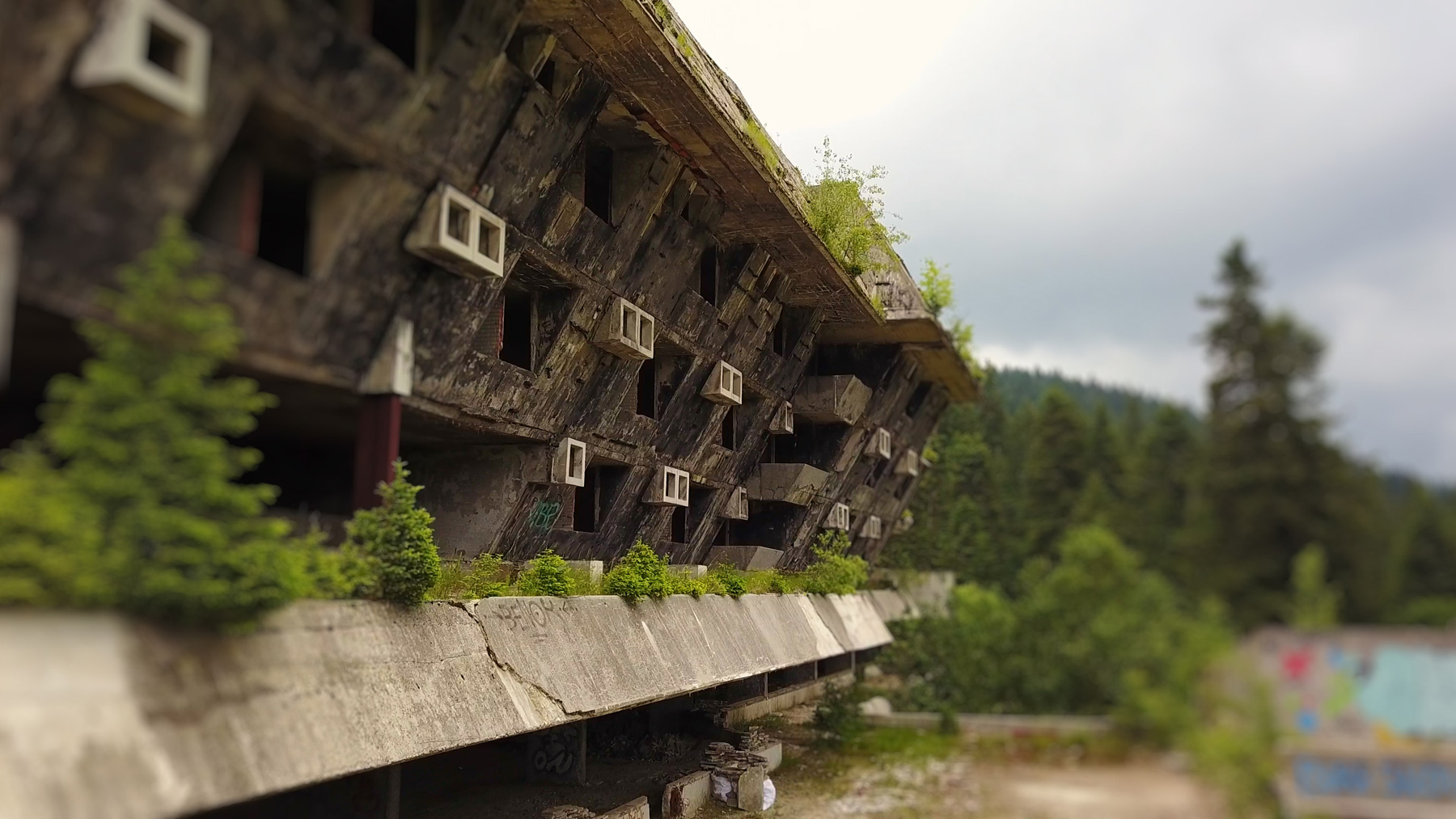
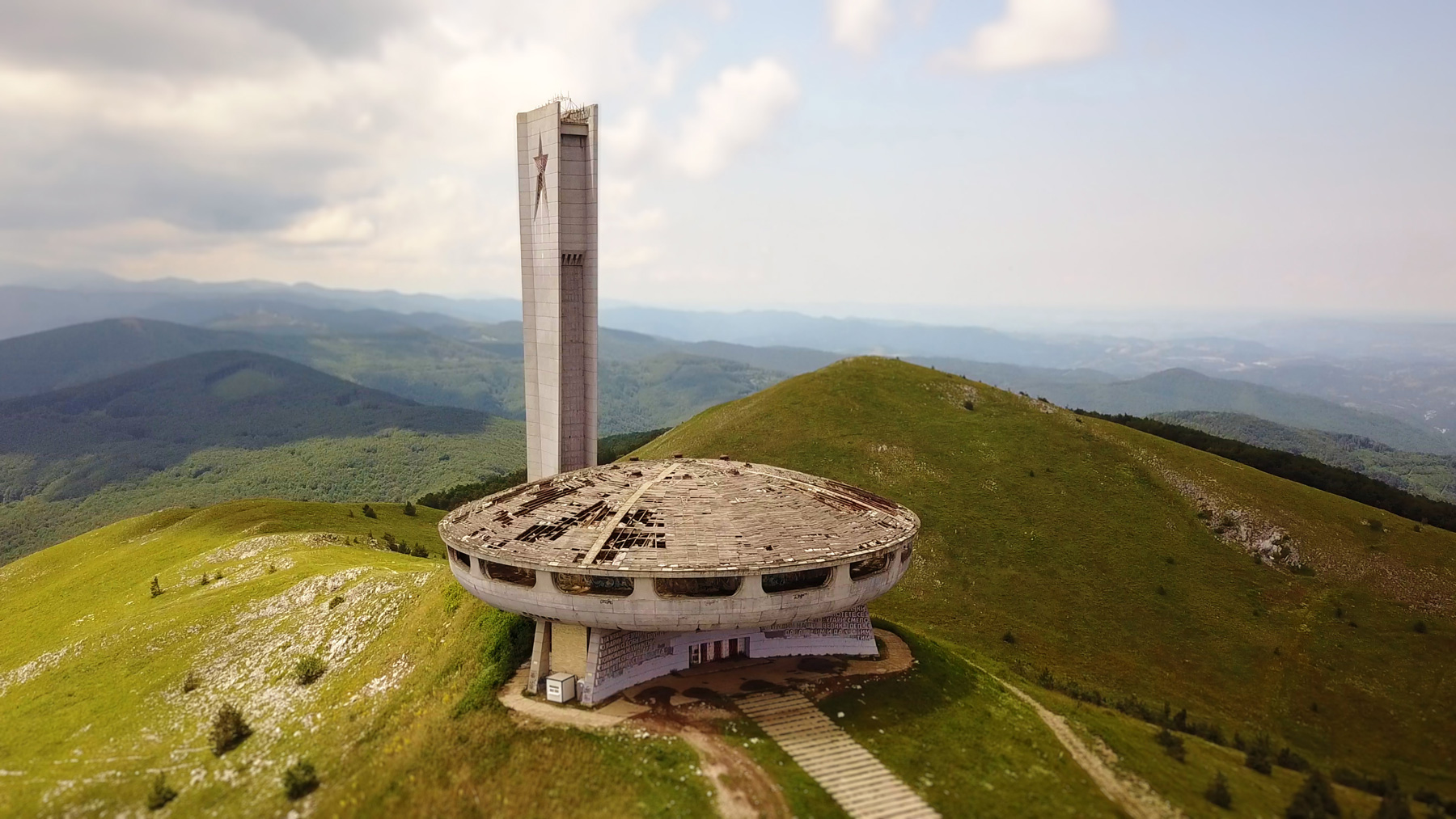
the abandoned buzludzha monument in bulgaria, soon on ‘little big world’
KEEP UP WITH OUR DAILY AND WEEKLY NEWSLETTERS
PRODUCT LIBRARY
in less than a year, what started as a personal artistic project quickly grew into show-stopping collaborations for physical iterations in cities like jeddah and miami.
the honesty bar installation presents knötti, an alcohol-free drink made from local waters, german hops, and invasive japanese knotweed.
connections: +390
the staircase is inclined at a 5-degree angle — enough to be noticeable but not immediately obvious, creating a sense of doubt.
andrés reisinger brings his billowing pink 'take over' installation to hourglass cosmetics' new york city popup.
connections: +1240
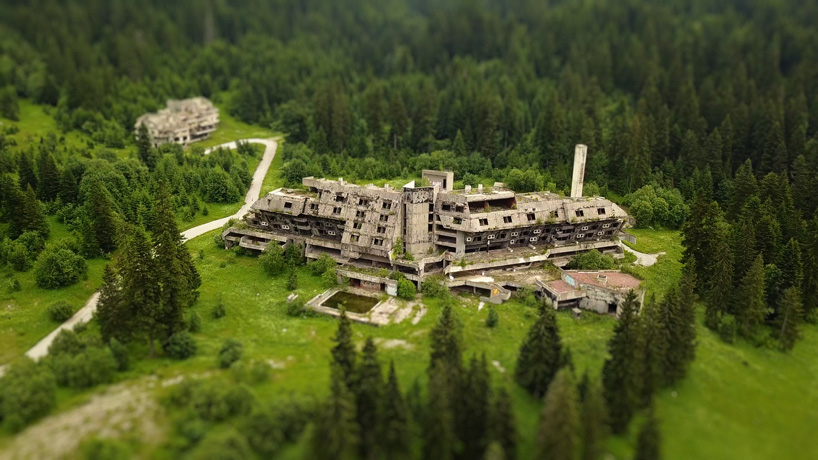 images: film screenshots from ‘abandoned olympic ruins in sarajevo’ unless stated otherwise
images: film screenshots from ‘abandoned olympic ruins in sarajevo’ unless stated otherwise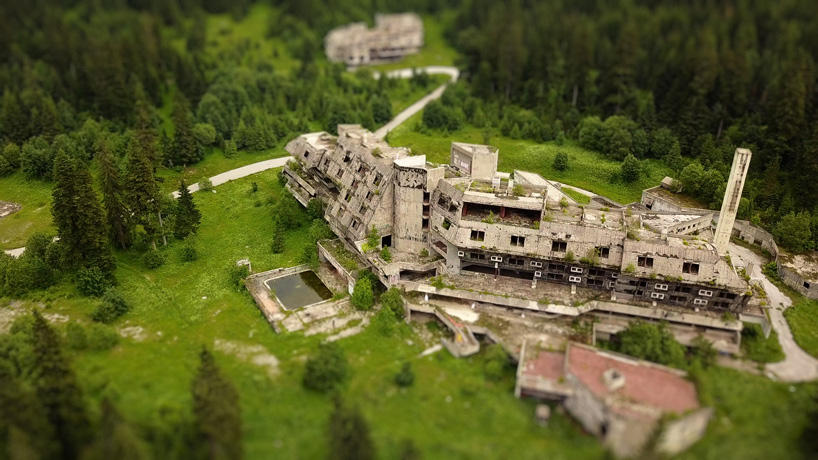
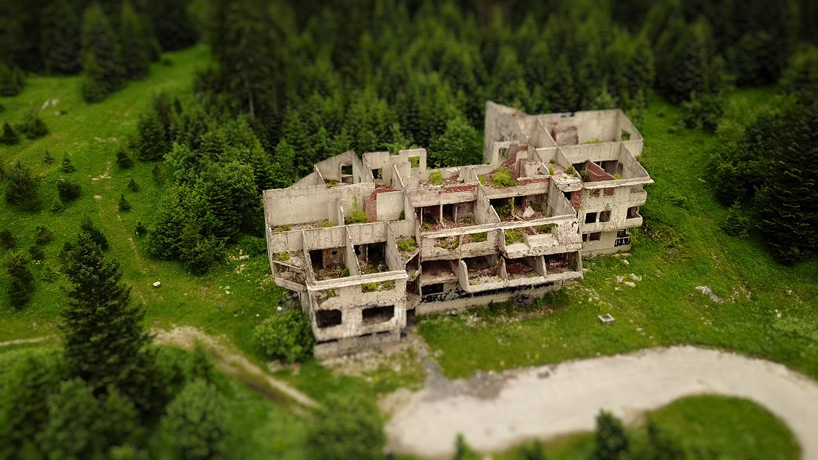
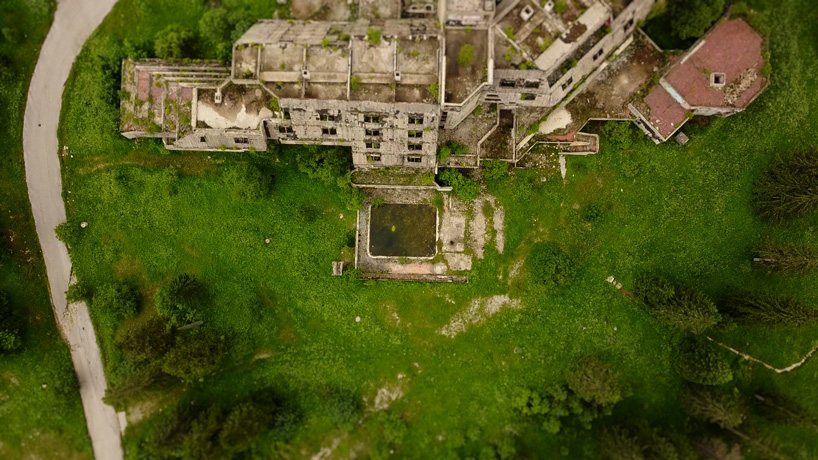
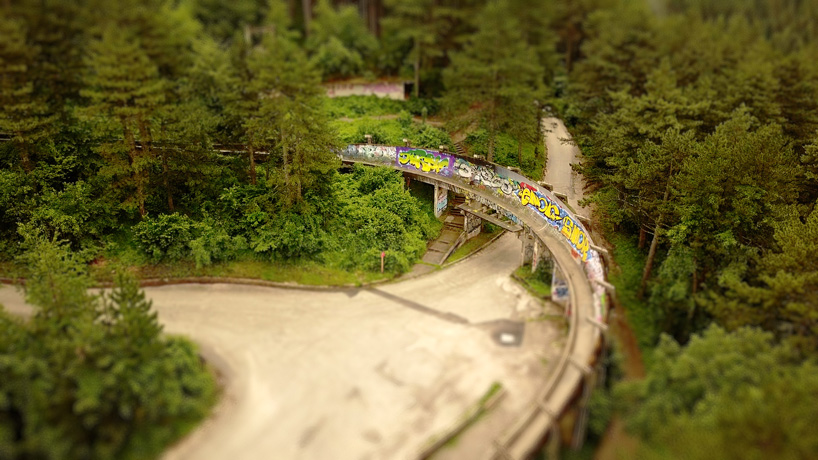
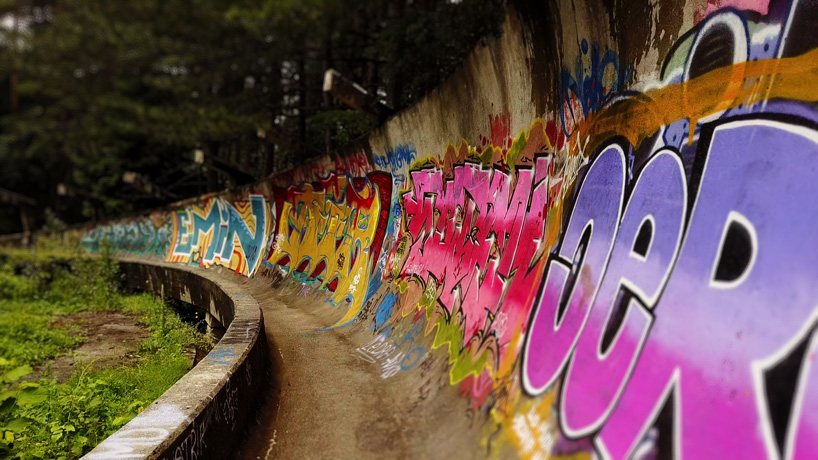
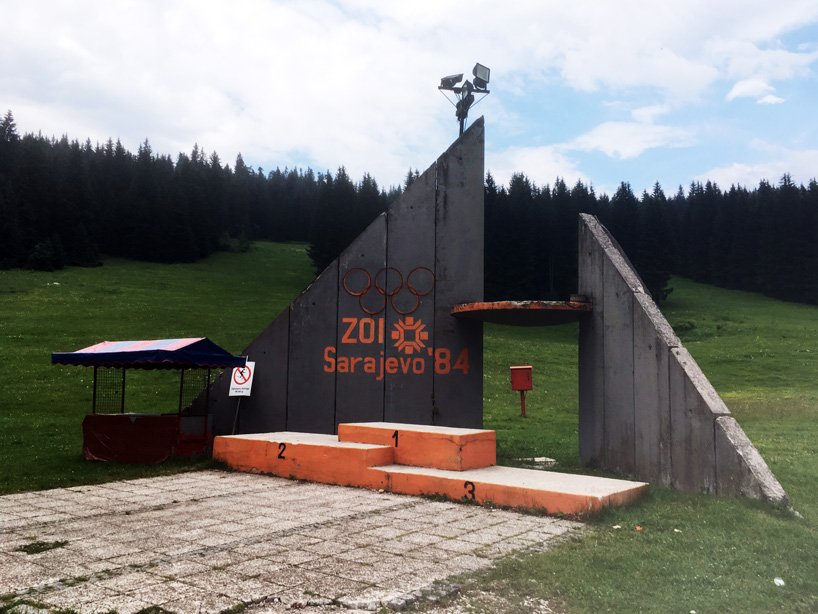 image daiber took while on site
image daiber took while on site 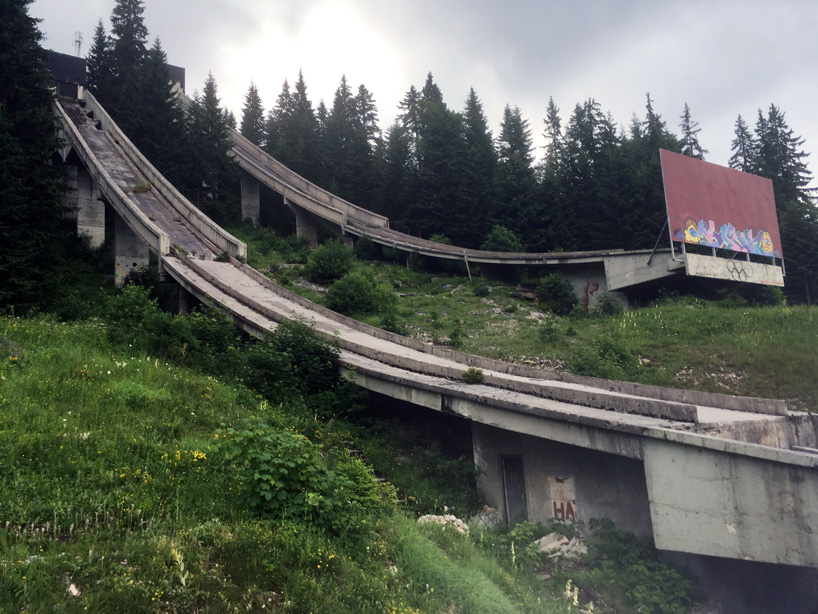 image daiber took while on site
image daiber took while on site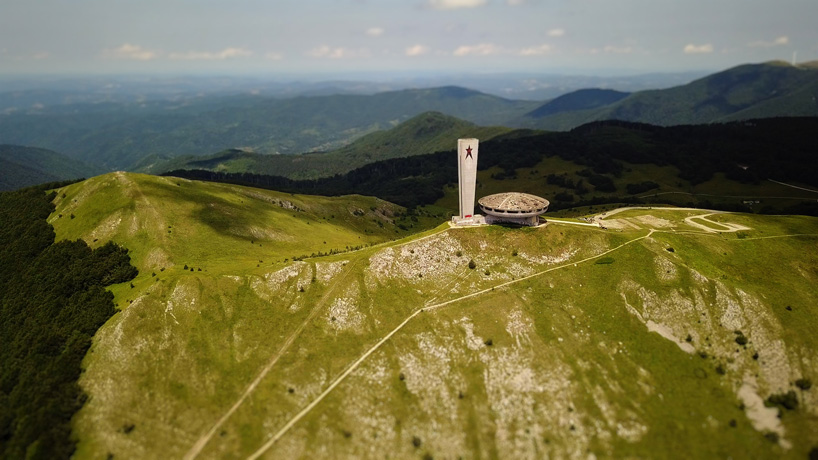 the abandoned buzludzha monument in bulgaria
the abandoned buzludzha monument in bulgaria

